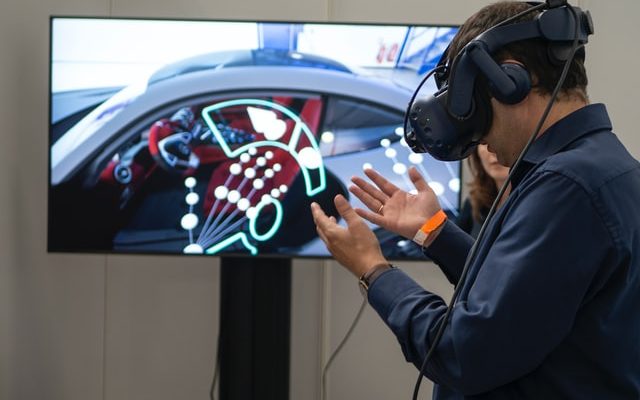Last year saw the first real web3 experiments from publishers and advertisers. From NFT drops to purchasing metaverse real estate, companies started to at least think about what web3 might mean for them. For some it’s a simple branding exercise, but for others it will be about building new customer experiences.
What is web3?
- The first web, dominant from the early 1990s to the early 2000s, comprised “static” websites publishing information to visitors. Advances in web technology and access to broadband internet brought Web 2.0, with social media, user-generated content and programmatic advertising.
- Web3 is the newest evolution of the world wide web, emerging in response to platform centralisation and deepeining data privacy concerns. Founded on decentralised blockchain technology, it is too early to say what web3 will look like for publishers and advertisers. But brands have already started to explore the possibilities.
- Brett Rakestraw, director of strategy for creative branding firm Elevation, believes there is a massive change coming. Writing on Brandingmag, he says:
It will affect brands on virtually every level, and the sooner brand stakeholders start experimenting and connecting with their audiences in these new ways, the better.
Early experiments
- The most high profile web3 experiments have probably been around non-fungible tokens (NFTs), that allow publishers to deliver unique value to customers, from specific collectibles like magazine covers, to tokens that can be exchanged for entry to events.
- Social marketing expert Gary Vaynerchuk launched his own VeeFriends NFTs. Digital versions of Gary’s doodles released as NFTs doubled as tickets to his VeeCon conference. Decrypt media, a crypto publisher, created its own set of reward tokens that were distributed to audience members who downloaded and engaged with content in its app.
- In the metaverse, forward thinking brands are already staking their claim. In The Sandbox metaverse, virtual brands are buying ‘land’ to build entertainment experiences on them. Games company Atari is a leader in the space, from partnering with NFT companies to release digital wearables to developing a virtual theme park.
Real change
Some web3 experiments can feel like gimmicks, like a fad that won’t last. But there are fundamental challenges within the ad-tech ecosystem that, it is hoped, decentralised Web3 technologies can help solve.
- Blockchain-based advertising solutions are presented as disintermediating the ad-tech space, bringing transparency to the supply chain, reducing fraud, and creating new opportunities. Writing on Admonsters, Luke Mulks of Brave software, developers of the privacy focused Brave browser.
- He says marketers and advertisers lost focus on matching brands and offers directly to people. Instead, he says:
Advertising as we know it has become more about collecting data than bringing value to people.
- Where Mulks believes the transition to web3 is an opportunity for marketers to restore trust and reconnect with people, others believe it’s about moving beyond advertising. Amanda Cassatt of Serotonin, a web3 marketing firm, thinks users are going to expect more from companies in web3; they will want to be rewarded for their interactions with a product. She says:
A user in Web3 expects to be rewarded and aligned with a product that they’re using. They aren’t at arm’s length anymore. They want to be part of it.
It is still too early to say how web3 will develop for publishers and advertisers, and the part audiences will play in its development, but it is clear that change is coming.









